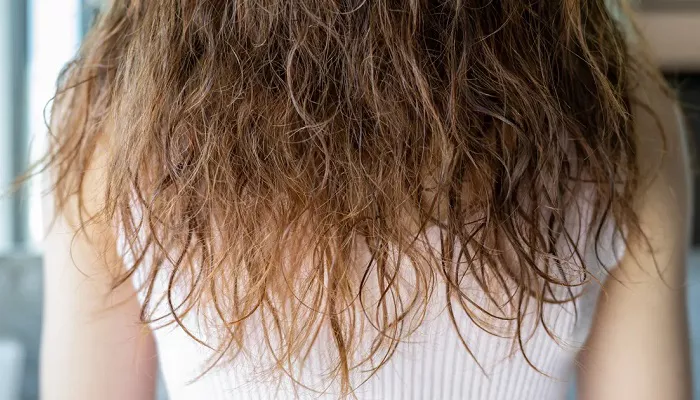NEW DELHI — With growing interest in beauty and self-expression, many teenagers today are turning to hair styling tools and treatments at an early age. But dermatologists warn that excessive styling — from heat tools to tight hairstyles and chemical dyes — can cause lasting damage, including early-onset hair fall.
In an interview with HT Lifestyle, Dr. Megha Tandon, a dermatologist and hair transplant surgeon, explained that while teen hair damage is increasingly common, it is both preventable and treatable with the right approach.
Why Teen Hair Is Vulnerable
“Teenage years are marked by hormonal changes and rapid physical development,” said Dr. Tandon. “Hair, like skin, becomes more sensitive during this time.” She noted that the most common causes of hair damage in teens include:
Frequent heat styling: Blow dryers, straighteners, and curling irons can strip moisture and weaken the hair shaft.
Tight hairstyles: Constant pulling from ponytails or braids may cause traction alopecia, a type of hair loss from repeated tension.
Chemical treatments: Hair dyes, relaxers, and perms can damage the outer layer of hair, making it brittle.
Excessive washing or styling products: Over-cleansing or using products like gels and sprays can disturb the scalp’s natural oil balance.
Early Signs of Hair Damage
Dr. Tandon emphasized that early detection is key. Warning signs to watch for include:
Unusual hair shedding
Thinning near the temples or crown
Brittle or dry hair with split ends
Scalp irritation or sensitivity
Prevention: Healthy Hair Habits for Teens
To minimize damage, Dr. Tandon recommends adopting protective hair care steps early on:
Limit heat styling: Use heat tools only occasionally and always apply a heat protectant. Keep the temperature setting low.
Go easy on hairstyles: Avoid tight buns or braids. Opt for fabric hair ties over elastics to reduce tension.
Use gentle products: Choose sulfate-free shampoos and avoid alcohol-based sprays that dry out the hair.
Hydrate regularly: Apply a moisturizing conditioner after every wash and consider deep conditioning treatments weekly.
Avoid overwashing: Washing 2–3 times a week is typically enough unless hair is oily or exposed to sweat and pollution.
Eat for hair health: A balanced diet rich in protein, iron, zinc, and omega-3 fatty acids supports strong, healthy hair growth.
These practical hair care tips can help teens avoid common styling pitfalls while promoting long-term hair health.
Treating Early Hair Fall
If hair loss has already begun, early action is critical. Dr. Tandon recommends the following interventions:
Scalp maintenance: Keep the scalp clean and avoid product buildup. Use a clarifying shampoo once a week if necessary.
Topical treatments: Products like minoxidil may stimulate regrowth, but should be used under medical supervision.
Supplements: Nutrients like biotin, iron, and vitamin D can help if deficiencies are present — always consult a doctor before starting.
Professional evaluation: If hair loss persists, a dermatologist can help diagnose underlying conditions such as telogen effluvium, alopecia areata, or scalp infections.
When to See a Dermatologist
Dr. Tandon advises teens and parents to seek medical attention if:
Bald spots appear
There is a family history of hair loss
The scalp shows signs of redness, itching, or pain
Home remedies fail to show results after 2–3 months
While self-expression is an important part of teenage life, it’s equally important to protect developing hair from long-term damage. With proper guidance and care, teens can enjoy styling freedom without compromising the health of their hair.
Related Topics:
- Is Hair Restoration Really Effective?
- The Best Hair Restoration Methods
- Can I Use Conditioner on My Hair Every Day?


